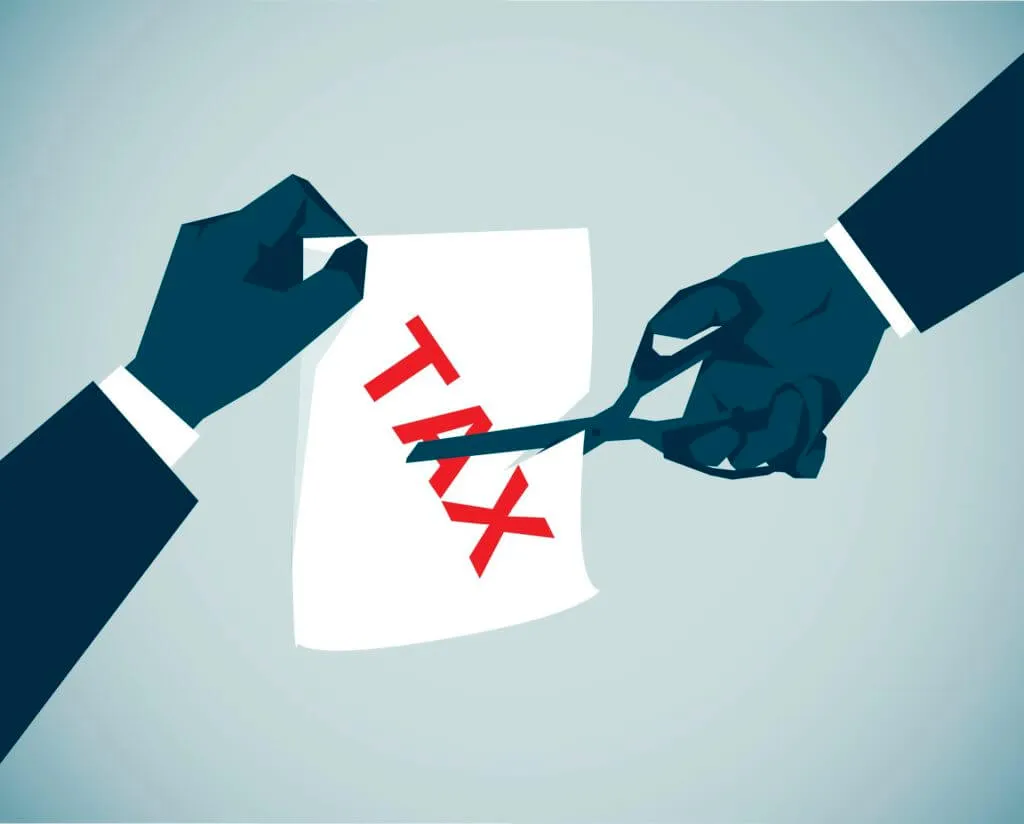To void a 1099 already sent to the IRS, first identify the mistake, such as incorrect amounts or recipient details. Next, prepare a corrected form 1099 with the correct information and mark the 'CORRECTED' box. Submit this form along with a Form 1096 to the IRS. If the error involves a 1099-MISC or 1099-NEC, ensure you use the correct form type for the correction. It's crucial to act promptly to avoid penalties or delays. For errors involving incorrect TINs, contact the recipient to verify details before resubmitting. This process ensures compliance with IRS regulations and helps maintain accurate tax records.
Common Errors that Need Correcting
If the mistake is small or does not involve a smaller amount of money, then it is likely that the error will not need correcting. However, there are still some common errors that, when left uncorrected, can still cause a fair deal of trouble.
Here are some of the most common errors that people make when they e-file their forms.
- They used the incorrect 1099 form (for example, they used the 1099-MISC form when the law required them to use the new form, 1099-NEC).
- They marked the wrong code or checkbox
- They added the incorrect money amount
- They e-filed a return in circumstances where they should not have
- They added the incorrect payee name or social security number on the forms
Bear in mind that there are other errors that people may make when they e-file their forms. One example would be failing to file by the end of the tax year. In these circumstances, you will not have to file any corrected 1099 forms, but you will be penalized for every day that passed.

Types of Mistakes on Form 1099
There are two types of errors that you can make when filing these forms:
Type 1 Mistakes
Type one errors appear when you file with the wrong amount, code or checkbox, name of the payee, address, or when you file in the wrong form. In this case, you will only need a single form 1099 to the IRS to state your correction.
Type 2 Mistakes
These errors occur when the forms contain the wrong information of the payer, recipient (TIN included), or you filed the wrong forms (i.e., form 1099-INT instead of Form 1099-DIV). Two forms 1099 will be required to correct this mistake - one to the IRS, and one to the recipient.

How to Prevent Common Errors
Precaution is key, so whether you are filing a W-2 or 1099, these are a few points that you should remember:
- Do not insert "none" or "0" in the boxes. If certain boxes don't apply to your trade or business, simply leave them alone
- Don't add the dollar sign in the boxes where you need to add the sum
- Don't skip the decimal points, whether you are dealing with 1099 forms or the W-2
- Don't use small fonts for entries. The preferred option is Courier, 12-pt.
- Don't use form 1099-NEC in order to report the wages of the employees. That's what form W-2 is for.
If mistakes do happen and you are not sure how to correct them, the best thing to do is to contact the IRS. They will give you the advice you need.
How Do I Void a 1099 Form with the IRS?
You may void a 1099 Form with the IRS if the form was delivered, but the IRS did not get it yet. In that case, you can void it before it gets sent to the IRS. Here are the steps you'll want to follow:
Mark the "Void" Box
When form 1099 is e-filed, your sheet is not detached from the page - and until it gets to the IRS, you will still have access to it. If you find a mistake on your form, rather than detaching the sheet, you need to hit "void" on it instead. The IRS does not accept detached sheets for processing.
Report Corrected Information
Report the corrected information for the form 1099 that you marked "void." If there were other files attached to the sheet, report them there as well.
.jpeg)
File Form 1096
Download form 1096 from the IRS and prepare it to summarize the information. This form is a reconciliation sheet, and it contains the data for every form 1099 that you submit. Obviously, if you submit a corrected form 1099, you will have to submit a new form 1096 as well.
Submit Both Voided and Correct Forms
Together with form 1096, send both 1099 forms to the IRS: the original form and the correction form. The IRS will then update the information.
How Do I Correct a 1099 Form?
If the 1099-MISC is already sent, then you will want to correct rather than void it, using the "corrected" box. Here are the steps required for this process:
- File in a new, corrected form 1099, separate from the one that you originally sent to the IRS
- Hit the "Corrected" box. You can see it at the top of the form.
- Send the corrected form 1099 to the IRS, along with a new 1096 form (the latter requiring no correction).
You also need to send the corrected form to the recipient that is also affected by this modification (i.e., the contractor). A new W-2 may also be required.
How Do I Void a 1099-DIV?
A 1099-DIV is voided pretty much in the same manner as a 1099-MISC. File the new form with the correct information (correct code or checkbox, amount, code, name, or address).
Check "Void," send it to the recipient, and then send another one to the IRS. If you are filing using paper, then you need to do so together with form 1096.

How Do I Correct a 1099-NEC?
How to file form 1099-NEC corrections are simple. It's the same way for other 1099 forms. Regardless of the type of form that you filed (electronic or paper), the correction will be done by paper.
In that case, you will need a Red Copy A along with form 1096, filing it then to the IRS. The other parties involved (i.e., your contractor) will also need to receive an updated version of the form 1099-NEC.
What If I File the Wrong Name or TIN?
In case you put the wrong name or TIN (taxpayer identification number) on the forms, there is no need for you to file a corrected version. This applies whether you file with electronic or paper forms.
If this happens, you need to write a letter to the IRS, where you include the following information:
- Your address and your name
- The tax year
- The error type
- Taxpayer identification number (TIN)
- Return type
- Transmitter Control Code
- Filing method
- Payees number
- Whether there was withholding of federal tax income or not
You will need to send the letter with the correction to the Internal Revenue Service. From that point, they will make the correction to the forms that you filed.
The Bottom Line
Mistakes can happen but they can also be fixed. In most cases, it's as easy as checking off a box and adding the right information. That being said, if you are still not certain what to do, you may want to contact the IRS or your tax advisor.






